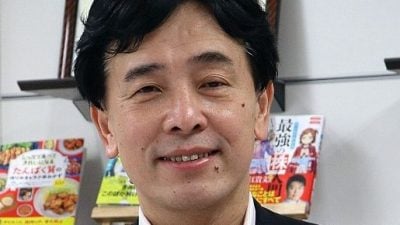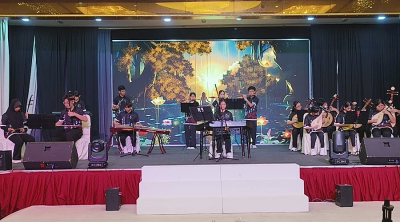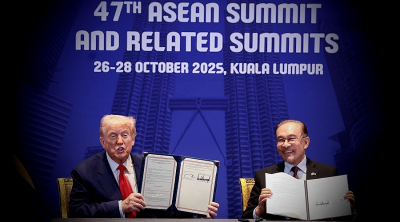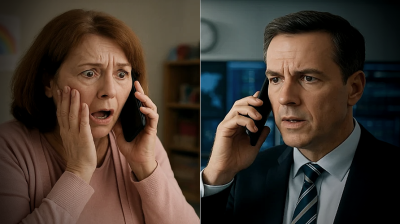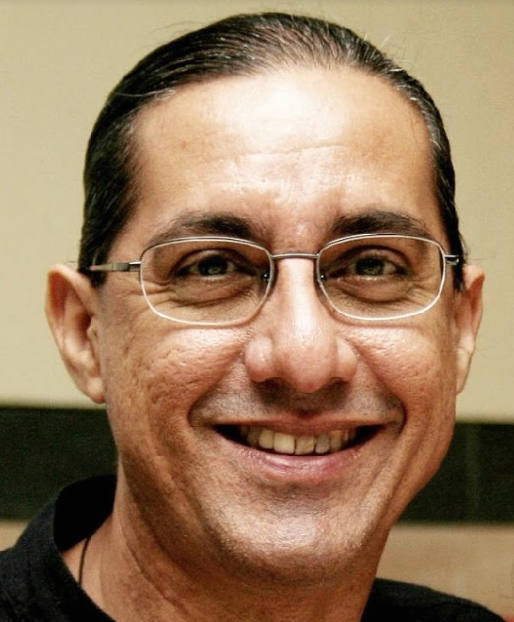
By Dato' Dr Amar-Singh HSS / Datuk Dr Zulkifli Ismail / Dr Hung Liang Choo / Dr Wong Woan Yiing
This week the Ministry of Education Malaysia (MOE) released a guideline and standard operating procedure (SOP) regarding school management and measures to control the spread of COVID-19. The guidelines have been endorsed by the Ministry of Health Malaysia (MOH) and the National Security Council (MKN). This guideline covers all schools under MOE as well as the private educational institutions registered with MOE.
We congratulate the Ministry for completing this difficult task and, as pediatricians and child care specialists, we would like to offer our comments on the said SOP.
Sections 5 and 6 of the document describe the roles and responsibilities of school administrators and teachers, and the implementation of the guidelines. The measures being suggested in the document for schools can be summarized in these key points:
1. Temperature screening and student symptom check before entry into school.
2. Provide a one-way movement plan guide for the flow of pupils.
3. School assemblies and activities involving teachers or schoolchildren in large numbers are not permitted.
4. School premises and classrooms are to be cleaned before the school session begins and after the end of the school session.
5. A one meter spacing of students in class (a diagram is provided suggesting 20 students in the average classroom).
6. Students are encouraged to take breakfast at home, pack food from home, not to share food with others and to eat in the classroom during recess. Canteen operators are to only provide packed food.
7. Mask and isolate students who develop symptoms before seeking treatment.
8. Some general training suggestions for students, staff, cleaning contractors and canteen operators.
9. Provision of soap at canteens, toilets and prayer rooms.
10. Students using buses or vans are to be kept one seat apart.
11. Teaching and learning are to be done in the classrooms as well as at home for some students.
While the above are all good measures, the MOE SOP is lacking in specifics, clear instruction and action plans for important areas. The SOP has not specified clearly how to encourage the 3W's (wash hands, wear mask and warn) and how to avoid 3C's (close conversation, confined places, crowded places) for the students, teachers and administrative staff. Areas that require strengthening include:
1. The SOP encourages students and teachers to wash their hands with water and soap but hand disinfection before entry into class and when leaving is not specifically mandated. The document states "….hand sanitizer can be provided in locations such as PdP rooms…" It is vital that alcohol-based hand disinfectants should be available at the entry/exit to every class room and not left to the discretion of the school or capacity of parents.
2. There is no guidance for mask wearing for students. Only students who become ill or are immuno-compromised are required to wear a mask. The World Health Organization (WHO) has now come out with clear guidance advising governments that masks are useful where there is a risk of transmission of the disease; supporting an earlier guidance by the US Centers for Disease Control & Prevention (CDC). WHO is encouraging the use of cloth masks where distancing is not possible in school or confined places (like moving about in school).
3. There is no guidance for mask or face shield wearing for teachers when teaching in the class. Students at the front of the class would be at high risk of droplet spread from teachers when she/he is teaching.
4. There is no clear idea or mechanism how schools that have morning and afternoon sessions are going to be able to clean all classrooms and desks/chairs between sessions. The SOP mentions that the "main focus of the cleaning is on the touch sensitive surfaces" but does not include desks and chairs in the guideline. Desks pose a significant risk to the next student using it and must be cleaned between students. Having surface disinfectants and getting students to be responsible for cleaning desks and chairs at the end of the sessions will instill a sense of responsibility in our young. This has been the practice in all schools and kindergartens in Japan.
5. The guidelines say "the excess students must be placed in another class". There is no clear idea how schools that have congested class rooms will cope with having only 20 students per class session. Some distance learning may be possible for students who have resources but where are the bulk of the excess students in crowded schools going to be placed? There is also the question of availability of teachers to take up these extra classes. The SOP states that "school hours can be implemented in stages" but it is unclear if this means that school hours can be shortened to allow different batches of students to attend class.
6. The policy for the toilets, a high risk COVID-19 area, is weak and general, not offering any clear instruction. Students should be trained in safe use of the toilet, have awareness of contaminated surfaces and have the resources to wipe down door handles and taps. We have an opportunity to instill a community spirit among students by empowering them to clean common use areas like door handles, toilet seats, taps, etc.
7. There is no plan to keep children from each class isolated from other classes. It was not emphasized that students should not talk or interact with students from a different class; this is crucial to limit transmission.
8. Teacher's staff rooms, often congested and a COVID-19 high risk area, have received little attention. Teachers should avoid sharing work stations and be at least 1 to 2 meters distance apart. There is no plan to minimize contact with common user items like photocopy machines and printers that can easily be contaminated. In addition, how staff meetings are to be conducted is not mentioned.
9. Although the document asks that classrooms and offices to have "adequate ventilation" it is silent about air-conditioning that is a known risk factor to spread the virus.
10. There is no mention of children who come from disadvantaged communities and who depend on school meals. These students should have their meals provided.
11. Although the State Education Department (NRD) and the District Education Office (PPD) have been mandated to monitor the implementation of these guidelines in their respective states, no clear idea is given as to local, intra-school, daily monitors. We require ‘COVID-19 Safety Supervisors' in all schools to monitor prevention activities.
12. Provision of resources (such as temperature scanners, hand sanitizes, etc) to support schools is not clearly outlined. Putting in place measures to control the spread of COVID-19 will require funds. The role of Parent-Teacher Associations (PTAs) in helping to fund hand sanitizers, etc was mentioned but there was no mention of funding from the ministry.
In summary, the school administrators (under section 5.1 of the SOP) have been given many roles and responsibilities to ensure "that schools are safe to operate". But they have not been provided with the tools they need to make this happen. Training for students and staff are mentioned in general terms and left to the discretion of the school authorities. Schools need standardized training material that all schools can use so as to provide comprehensive messages.
The limited emphasis on training also highlights the insufficient focus on the psycho-social well-being of students and staff. Section 6.3.14 advises counseling teachers to regularly conduct "a Healthy Mind Test to identify students who are depressed by the new norms in the school". However students and teachers will require emotional support at re-entry into school. Parents will also be anxious and their fears can only be allayed by good safety measures.
The guidelines, as they stand, will not engender a sense of confidence in parents, students and teachers when schools reopen. As pediatricians we appeal to the authorities to consider improving the quality of this SOP. It needs to be made more comprehensive, with meaningful and clear suggestions that teachers and students can follow, that will improve their safety.
(Dato' Dr Amar-Singh HSS is Consultant Pediatrician and Advisor National Early Childhood Intervention Council, [email protected]; Datuk Dr Zulkifli Ismail is Consultant Pediatrician and Chairman, Positive Parenting Program of the Malaysian Pediatric Association, [email protected]; Dr Hung Liang Choo is Consultant Pediatrician and President Malaysian Pediatric Association, [email protected]; and Dr Wong Woan Yiing is Consultant Pediatrician and President National Early Childhood Intervention Council, [email protected])
ADVERTISEMENT
ADVERTISEMENT







